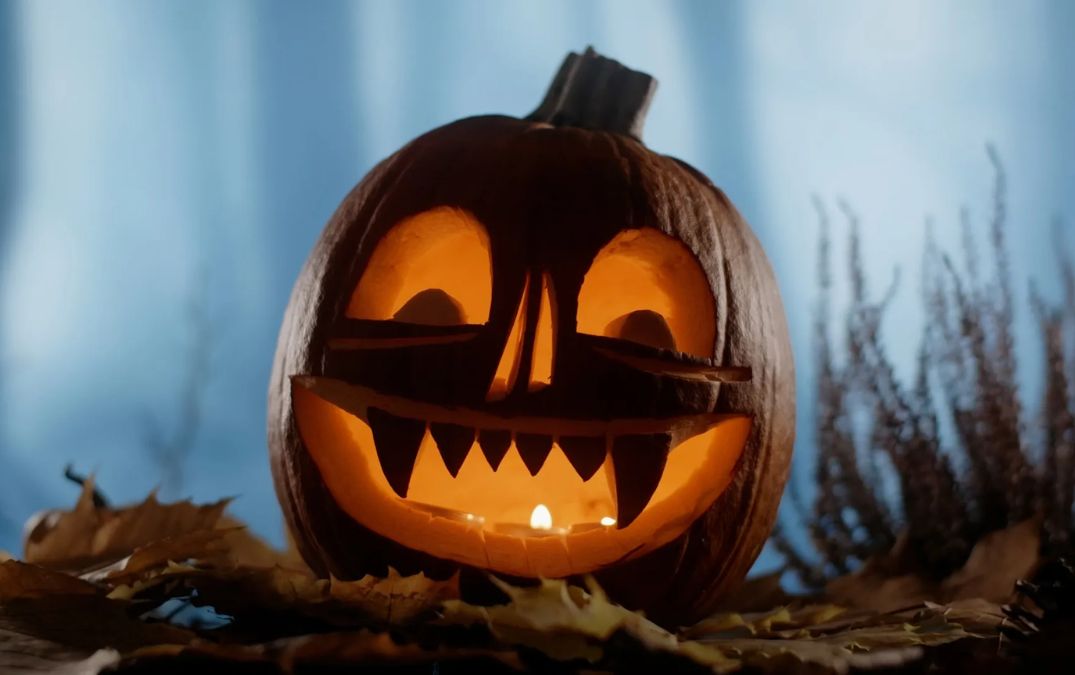Halloween is a celebration like no other—a day dedicated to dressing up, facing our fears, and collecting enough candy to last until the next year. But where did this spooky and fun-filled day actually come from? Let’s take a journey back in time to discover the roots of Halloween, from ancient Celtic rituals to modern-day festivities.
The Birth of Halloween: Samhain
The origins of Halloween trace back more than 2,000 years to an ancient Celtic festival known as Samhain (pronounced sah-win). The Celts, who lived in what is now Ireland, celebrated Samhain on the night of October 31st, marking the end of the harvest season and the beginning of winter. This was their New Year’s Eve.
To the Celts, winter represented a time of darkness and death. They believed that during Samhain, the veil between the living and the dead was at its thinnest. Spirits, both benevolent and malevolent, were thought to return to earth during this time. To protect themselves from these wandering spirits, the Celts would light bonfires, offer sacrifices, and wear costumes made from animal skins to ward off the evil spirits.
Roman Influence: Feralia and Pomona
In 43 AD, the Roman Empire conquered Celtic territories, bringing with it its own traditions. One such holiday, Feralia, was celebrated at the end of October to honor the dead. The Romans also celebrated Pomona, the goddess of fruit and trees, which is believed to have influenced the Halloween tradition of apple bobbing, as Pomona’s symbol was the apple.
The Christianization of Samhain
By the 9th century, as Christianity spread through Celtic lands, Christian traditions began to merge with ancient customs. In 1000 AD, the Church established All Souls’ Day on November 2nd, a day to honor the dead. This holiday shared many of the same practices as Samhain, but with Christian elements, such as costumes representing saints, angels, and devils.
All Souls’ Day was preceded by All-Hallows Eve, which eventually became known as Halloween. The name Halloween comes from the term All-hallowmas, meaning “All Saints’ Day,” derived from the Middle English word Alholowmesse.
Halloween in Early America
When Halloween first arrived in the American colonies, it wasn’t widely celebrated in the northern states due to the predominance of Protestant beliefs. However, in the southern colonies, a tradition known as “Play Parties” took root. These celebrations, which blended Native American and colonial customs, featured harvest festivals, storytelling, singing, and dancing.
It wasn’t until the large influx of Irish immigrants in the 19th century that Halloween gained popularity in the United States. The Irish brought with them their own Halloween traditions, including the custom of “going a-souling.” Children would dress up in ghoulish costumes—ragged clothes and masks to look like wandering spirits—and visit neighbors asking for soul cakes (small cakes made to commemorate the dead), along with other treats.
Trick-or-Treating Takes Over
By the 1940s and 1950s, Halloween had evolved into a family-friendly celebration in the U.S. This transformation was partly due to the baby boom, which led to the rise of trick-or-treating as a way to celebrate Halloween inexpensively. The tradition of “going a-souling” was revived under this new name, with children dressing up in costumes and going door-to-door for candy.
Halloween Today
Halloween is now a massive commercial celebration, with over $6 billion spent annually on candy in the United States alone. The holiday has become a cultural phenomenon, inspiring countless movies, songs, and games. What began as an ancient Celtic ritual more than 2,000 years ago has evolved into a widely-celebrated event that brings communities together in celebration of the spooky, the fun, and the fantastic.












